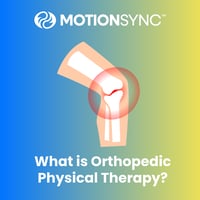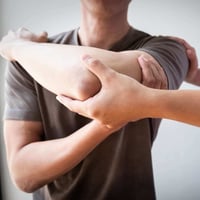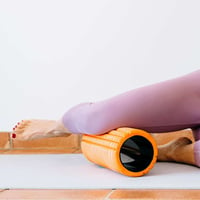Are you struggling with joint pain, recovering from a sports injury, or dealing with chronic...
Treating Golfer’s Elbow: Your Guide To Recovery

Golfer’s elbow, also known as medial epicondylitis, is a condition that causes pain and inflammation in the tendons on the inside of the elbow. Despite its name, this injury isn’t limited to golfers—it can affect anyone who performs repetitive gripping, wrist flexion, or forearm rotation, including tennis players, weightlifters, and even office workers.
If left untreated, golfer’s elbow can lead to chronic pain, weakness, and limited function in the arm. Fortunately, with physical therapy, targeted exercises, and lifestyle modifications, most people can recover and return to their favorite activities pain-free. Let’s explore what causes golfer’s elbow, its symptoms, and expert-backed strategies for treatment and prevention.
What Causes Golfer’s Elbow?
Golfer’s elbow develops due to overuse and repetitive stress on the forearm tendons, which attach to the medial epicondyle (the bony bump on the inside of the elbow). Over time, this strain leads to tiny tears and inflammation, resulting in pain and dysfunction.
Common causes include:
- Repetitive wrist flexion and gripping (e.g., swinging a golf club, using tools, lifting weights)
- Poor lifting mechanics in activities like weightlifting or manual labor
- Overuse in racquet sports (e.g., tennis, badminton, pickleball)
- Inadequate warm-up before activity
- Prolonged computer use leading to forearm strain
Recognizing the Symptoms
Golfer’s elbow symptoms often develop gradually, worsening over time with continued use of the affected arm. Common signs include:
- Pain and tenderness on the inside of the elbow
- Stiffness in the elbow joint, especially in the morning
- Weak grip strength, making it difficult to hold objects
- Pain when making a fist or flexing the wrist
- Tingling or numbness that radiates down the forearm
Symptoms may worsen with gripping activities, such as shaking hands, lifting weights, or even typing.
How Can Physical Therapy Help?
If you're searching for physical therapy near you to treat golfer’s elbow, working with a physical therapist in NYC can be instrumental in reducing pain and improving function. PT treatment typically includes:
1. Manual Therapy
Hands-on techniques, such as soft tissue mobilization and myofascial release, can help improve circulation and break up scar tissue around the tendons.
2. Eccentric Strengthening Exercises
Gradually lengthening the flexor muscles under resistance (e.g., slow wrist curls with light weights) can promote tendon healing and resilience.
3. Stretching Techniques
A forearm flexor stretch, where you extend the wrist with the elbow straight, can help relieve tension and restore mobility.
4. Bracing and Taping
Using an elbow strap or kinesiology tape can help offload stress from the tendons during activity.
5. Activity Modification and Ergonomic Adjustments
Your PT may recommend changes in your golf swing, lifting technique, or workstation setup to prevent reinjury.
For expert guidance on PT treatments, visit Hospital for Special Surgery’s (HSS) sports medicine guide.
At-Home Management and Prevention Strategies
In addition to physical therapy in NYC, incorporating self-care and lifestyle adjustments can aid recovery and prevent recurrence.
1. Use Ice Therapy
Applying ice packs for 15-20 minutes, 2-3 times daily can help reduce inflammation and relieve pain.
2. Strengthen Your Grip
Exercises like grip squeezes using a stress ball can improve forearm endurance and tendon resilience.
3. Avoid Overuse and Take Breaks
If you frequently engage in gripping activities, be sure to rest and stretch periodically to prevent excessive tendon strain.
4. Warm Up Before Activity
A proper warm-up routine, including dynamic wrist and elbow movements, can help prepare the muscles and tendons for use.
5. Improve Shoulder and Core Strength
Weakness in the shoulders and core can place extra stress on the forearm, leading to compensation and increased strain on the elbow.
When to See a Doctor or Physical Therapist
If symptoms persist for more than 4-6 weeks despite home treatment, or if pain significantly impacts daily activities, it’s time to seek professional care. A doctor may recommend imaging tests such as ultrasound or MRI to assess the severity of the condition.
A physical therapy place near you specializing in elbow and sports injuries can create a personalized rehabilitation program to get you back to your activities safely.
Final Thoughts
Golfer’s elbow can be painful and frustrating, but early intervention and the right treatment—including physical therapy in NYC—can speed up recovery and prevent chronic issues. If you’re looking for expert guidance, consider visiting a physical therapist in Brooklyn or your nearest PT clinic in Queens for a customized rehab plan.





